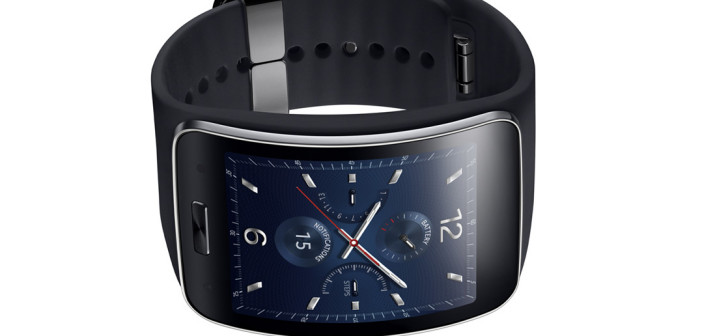Wearable tech uptake dependent on creating more desirable apps and devices
Over a third of the people in the UK would feel embarrassed or self-conscious if they wore wearable tech as it currently appears, new research has found. As a result, businesses and app developers are being urged to do more if they want to improve uptake.
The study by Apadmi, a UK mobile app developer, was conducted to form part of its new report looking into the public’s view of wearable technology, such as smart glasses, watches and fitness trackers. As part of the research, consumers were asked their opinions about the wearable tech currently available.
A significant 35% of respondents said they would feel embarrassed or self-conscious if they wore it, while 34% thought it made people look like show-offs and 32% claimed that wearable technology makes people look ridiculous. In addition, 17% said it makes people look unattractive when they wear it.
There were some positive views expressed by those surveyed though, with 20% saying they thought wearable technology makes people look intelligent and/or successful. Meanwhile, 10% would feel cool wearing wearable technology, but only 8% thought wearable technology makes people look attractive.
Apadmi asked participants in the survey which wearable technology categories they would most like to buy. Respondents were allowed to select up to three responses and the results were: 43% said smartwatches; 28% said fitness trackers; 23% said smart glasses; 18% said smart clothing.
The wearable tech market is still growing at an incredible rate. YouGov conducted research last year that found approximately 2.8 million people in the UK currently own a wearable technology device, and this is likely to increase to 6.1 million by September 2015. If this does happen, it would mean that adoption of wearable devices will have more than doubled within a year from 6% to 13% of the entire UK population.
Howard Simms, cofounder and director at Apadmi, said: “These findings illustrate that more can be done to make wearable tech desirable. Wearables are entering the market thick and fast but we’re already seeing early adopters abandoning them. This is down to many of the reasons highlighted in our research but also because the app experience is not satisfying users.
“Wearable tech is a fantastic emerging industry with a lot of potential to really catch on with the public, but this won’t happen unless people are proud to be seen wearing a functional piece of tech. In order for wearables to be truly desirable then, the obvious solution is to make these devices more aesthetically-pleasing but also it’s just as important to ensure the tech includes useful apps that satisfy a genuine need,” he noted.
Simms added: “It’s essential that businesses don’t just build a wearable technology app for the sake of it, rather they build an app that is genuinely valued by its users. This will make wearable technology more appealing to consumers and, in the long term, benefit everyone working in this exciting growth sector. If developers take the public’s concerns into account and create more desirable apps and devices, uptake of wearable tech devices should continue to improve.”
As a result of these findings, Apadmi has included a number of actionable insights for businesses in the wearable tech field in its new wearable technology report. It reveals that in order for wearable technology to be more desirable, they need to house useful and visually arresting apps. It also suggests that companies need to make sure that they keep abreast of the latest developments in both the tech and fashion industries to avoid the risk of launching concepts that are already out of date.
While the report recognises that wearable companies are increasingly targeting celebrity endorsements and brand partnerships in order to help win over the mainstream, such as the Ralph Lauren Polo Tech Shirt worn by professional tennis player Marcos Giron at the 2014 US Open, it recommends that more still needs to be done in order to see biometric devices truly become wearable fashion pieces. As a result, it suggests that tech businesses should continue to collaborate with fashion brands in order to create aesthetically pleasing, yet affordable products that consumers will wear.
Simms continued: “We want the business community to understand what the wearable technology industry is capable of, where it’s heading, and most importantly what consumers really want, which is why we created this report. However, we hope that the report will have a much broader appeal than this, providing insights that will also be useful to the rest of the wearable technology supply chain, including device manufacturers, app developers and marketers.
“All of the evidence points to the fact that we’re on the cusp of a period of rapid change in the technology sector. Therefore, it is hoped that by acting upon these insights, some companies will be inspired to launch their own wearable technology apps, as well as giving fresh impetus to others that have already travelled partway down this path.”





